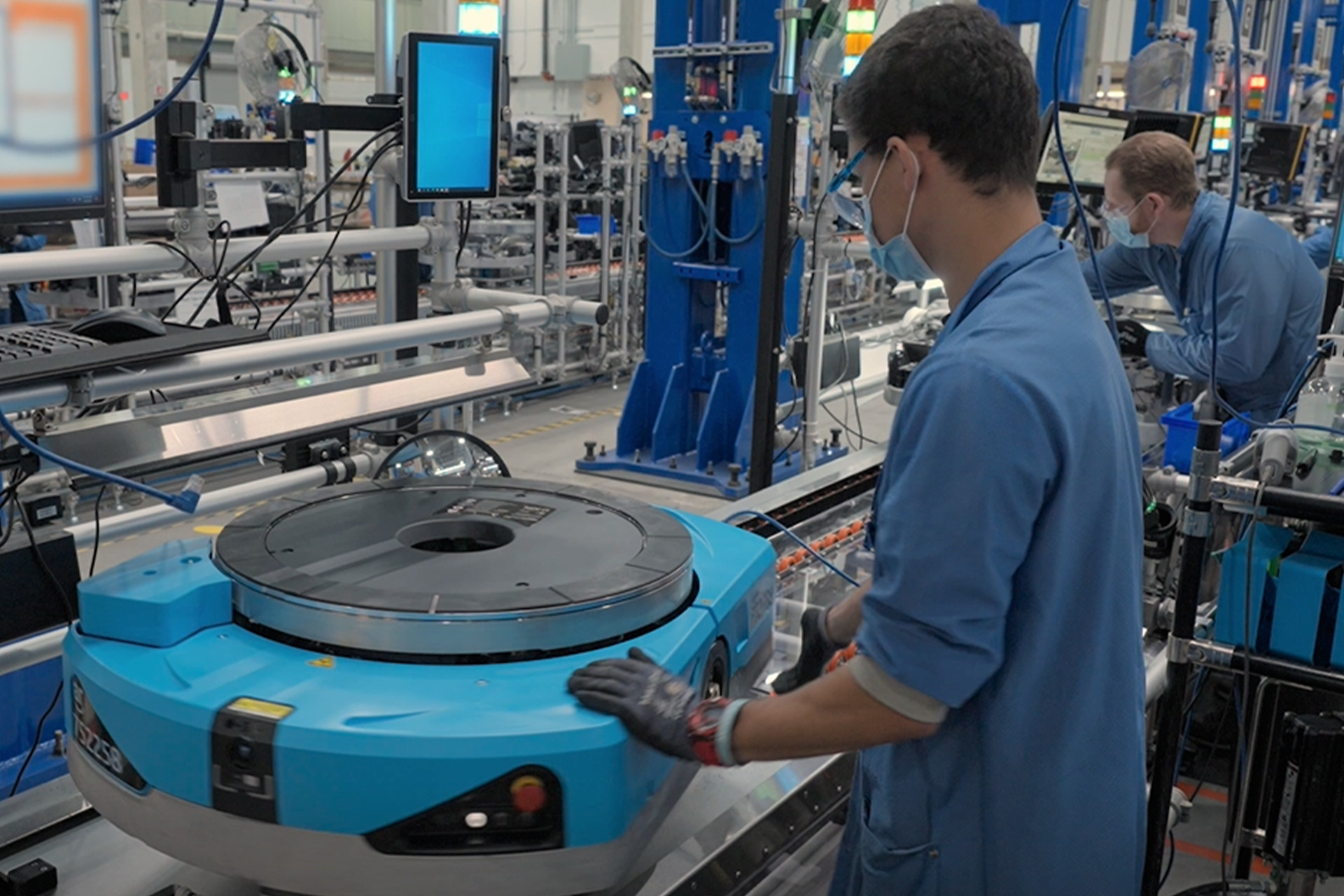According to the latest Manufacturing Report on Business from the Institute for Supply Management, economic activity in the manufacturing sector contracted in January for the third consecutive month following a 28-month period of growth.
“Regarding the overall economy, this figure indicates a second month of contraction after a 30-month period of expansion,” he stated. “The Manufacturing PMI figure is the lowest since May 2020, when it registered a seasonally adjusted 43.5%. The New Orders Index remained in contraction territory at 42.5%, 2.6 percentage points lower than the seasonally adjusted figure of 45.1% recorded in December. The Production Index reading of 48% is a 0.6-percentage point decrease compared to December’s seasonally adjusted figure of 48.6%. The Prices Index registered 44.5%, up 5.1 percentage points compared to the December figure of 39.4%. The Backlog of Orders Index registered 43.4%, 2 percentage points higher than the December reading of 41.4%. The Employment Index continued in expansion territory, 50.6%, down 0.2 percentage points from December’s seasonally adjusted 50.8%, after emerging from contraction territory, 48.9%, seasonally adjusted, in November. The Supplier Deliveries Index figure of 45.6% is 0.5 percentage points higher than the 45.1% recorded in December; the last two readings are the index’s lowest since March 2009, 43.2%. The Inventories Index registered 50.2%, 2.1 percentage points lower than the seasonally adjusted December reading of 52.3%. The New Export Orders Index reading of 49.4% is 3.2 percentage points higher than December’s figure of 46.2%. The Imports Index continued in contraction territory at 47.8%, 2.7 percentage points above the December reading of 45.1%.”
Fiore noted that the contraction as registered in January established a Manufacturing PMI at the lowest level it has been since recovery from the COVID-19 pandemic started.
“With Business Survey Committee panelists reporting softening new order rates over the previous nine months, the January composite index reading reflects companies slowing outputs to better match demand in the first half of 2023 and prepare for growth in the second half of the year,” he indicated. “Demand eased, with the New Orders Index contracting strongly, New Export Orders Index still below 50% but improving, Customers’ Inventories Index contracting slightly, a positive for future production, and Backlog of Orders Index recovering for a second month, but still in strong contraction. Output/Consumption, measured by the Production and Employment indexes, was negative, with a combined 0.8-percentage point downward impact on the Manufacturing PMI calculation. The Employment Index remained just above 50% and the Production Index logged a second month in contraction territory. Panelists’ companies are indicating that they are not going to substantially reduce headcounts as they are positive about the second half of the year. Inputs — defined as supplier deliveries, inventories, prices and imports — continue to accommodate future demand growth. The Supplier Deliveries Index indicated faster deliveries, and the Inventories Index expanded at a slower rate as panelists’ companies manage the total supply chain inventory. The Prices Index contracted for the fourth consecutive month, but at a slower rate.”
Fiore added, “New order rates remain depressed due to buyer and supplier disagreements regarding price levels and delivery lead times. These should be resolved by the second quarter. In the meantime, panelists’ companies are attempting to maintain head-count levels during the anticipated slow first half in preparation for a strong performance in the second half of 2023. Eighty-six percent of manufacturing gross domestic product is contracting, up from 85% in December. However, 26% of sector industries had a composite PMI calculation of below 45% in January, a stronger indication of industry sluggishness, down from 35% the previous month.”
The two manufacturing industries that reported growth in January were Miscellaneous Manufacturing and Transportation Equipment. The 15 industries reporting contraction in January were: Wood Products; Textile Mills; Paper Products; Furniture & Related Products; Apparel, Leather and Allied Products; Plastics and Rubber Products; Electrical Equipment, Appliances and Components; Primary Metals; Nonmetallic Mineral Products; Fabricated Metal Products; Chemical Products; Machinery; Food, Beverage and Tobacco Products; Petroleum & Coal Products, and Computer and Electronic Products.





